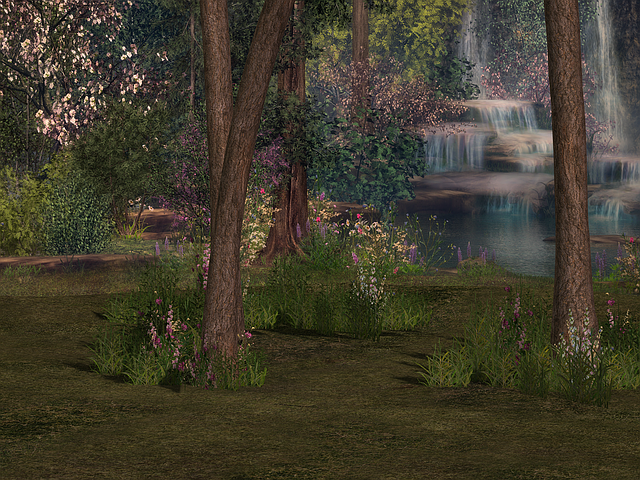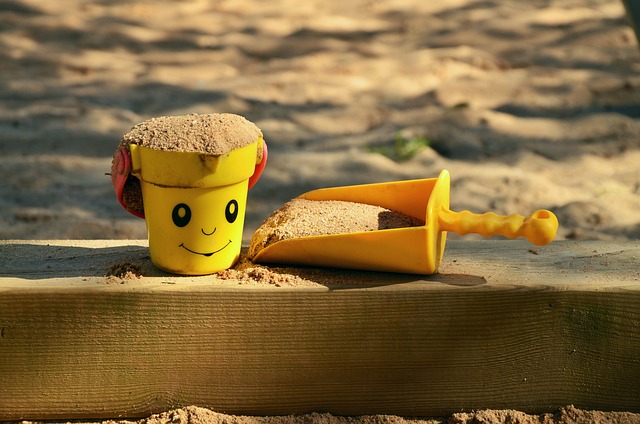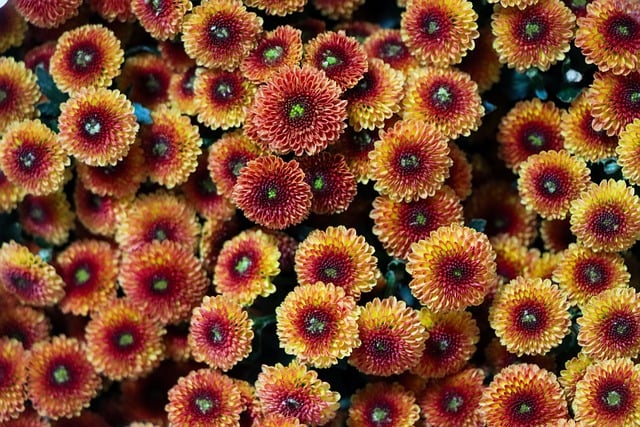The rise of dog-friendly parks reflects a societal integration of pets, especially dogs, into daily life. These spaces cater to humans and canines, fostering interaction, physical activity, and social connections. Urban parks, often bustling with community activity, can be revitalized through art installations, transforming them into vibrant oases that captivate visitors and encourage engagement. Combining art with urban parks creates engaging, dog-friendly areas blending natural beauty and creative expression, offering sensory experiences for all, including those with limited mobility. Iconic parks like Central Park, Hyde Park, Treptower Park, and Yoyogi Park not only feature stunning art but also designated walking areas for leashed dogs. Dog-friendly parks, designed with play zones, proper fencing, and durable materials, offer recreational activities for pets and owners alike, enhancing urban living for both species.
Urban parks are evolving, integrating art installations to create vibrant, engaging spaces. This trend, driven by a growing appreciation for green areas in dense cities, offers a unique blend of nature and creativity. Dog-friendly urban parks, in particular, have emerged as popular destinations, combining outdoor recreation with artistic expression.
This article explores the benefits of merging art and nature, highlights top global examples, and provides design considerations for creating successful dog-friendly art spaces.
- The Rise of Dog-Friendly Urban Parks: A Growing Trend
- Enhancing Green Spaces: Art Installations as a Creative Touch
- Benefits of Combining Art and Nature for Urban Dwellers
- Top Global Examples: Iconic Parks with Stunning Artistic Features
- Designing Dog-Friendly Art Spaces: Considerations and Best Practices
The Rise of Dog-Friendly Urban Parks: A Growing Trend

In recent years, there’s been a notable trend emerging in urban planning and design: the rise of dog-friendly parks. This shift reflects a changing society where pets, particularly dogs, are increasingly integrated into our daily lives. As such, city spaces are adapting to cater to these four-legged companions, creating environments that foster both human and canine interaction. Dog-friendly parks offer a unique blend of open green spaces and recreational areas designed with pets in mind, encouraging owners and their furry friends to spend quality time outdoors.
This growing trend is not just about providing a place for dogs to play; it’s also about enhancing the overall urban experience. By incorporating dedicated dog zones, these parks encourage responsible pet ownership while promoting physical activity and social connections among park visitors. As cities strive to become more livable and inclusive, dog-friendly parks are becoming a defining feature of modern urban landscapes.
Enhancing Green Spaces: Art Installations as a Creative Touch

Urban parks, often bustling hubs for communities and dog-friendly spaces, can be transformed into vibrant oases with art installations. These creative additions bring a unique dimension to green spaces, encouraging visitors to engage with their surroundings in new and exciting ways. By incorporating art, parks offer more than just a place to relax; they become dynamic environments that inspire, captivate, and foster community interaction.
Art installations can enhance the beauty of these open areas, providing visual interest and stimulating conversations. Whether it’s interactive sculptures, captivating murals, or thought-provoking exhibits, each piece adds depth and character, making parks more appealing and accessible to all, including dog owners seeking scenic walks and off-leash play areas.
Benefits of Combining Art and Nature for Urban Dwellers

Combining art installations with urban parks offers numerous benefits for city dwellers, creating vibrant spaces that cater to diverse interests and enhance overall well-being. These multifaceted areas provide a unique blend of natural beauty and creative expression, encouraging people to reconnect with nature amidst concrete jungles. For pet owners, especially those with dogs, such parks offer a chance to enjoy the outdoors while fostering their pets’ physical and mental stimulation through play and exploration. The integration of art adds an element of surprise and interest, making these spaces more engaging and accessible for all visitors, including those with limited mobility. Furthermore, art installations can spark conversation and community interaction, transforming parks into cultural hubs that foster a sense of belonging and local pride.
Top Global Examples: Iconic Parks with Stunning Artistic Features

Some of the world’s most iconic urban parks showcase stunning art installations that captivate visitors from near and far. These green spaces have evolved into vibrant, cultural hubs, offering more than just a place to relax; they provide an immersive experience for all the senses. Parks like New York City’s Central Park and London’s Hyde Park have long been renowned for their artistic offerings, featuring everything from sculptures and murals to interactive exhibits.
When it comes to dog-friendly parks, these same destinations excel at catering to both urban dwellers and their four-legged companions. Central Park, with its vast open spaces and scenic paths, allows leashed dogs to roam freely, while Hyde Park encourages a more relaxed pace with designated dog walking areas. Other global standouts include Berlin’s Treptower Park, boasting an impressive collection of Soviet war memorials and sculptures, and Tokyo’s Yoyogi Park, where traditional Japanese art blends harmoniously with modern installations, creating a unique and captivating atmosphere for all visitors.
Designing Dog-Friendly Art Spaces: Considerations and Best Practices

Creating art spaces that cater to both urban dwellers and their canine companions is a growing trend in designing dog-friendly parks. These areas offer a unique blend of recreational activities for pets and their owners, enhancing the overall experience within green urban environments. When planning such installations, several considerations come into play to ensure safety, accessibility, and aesthetic appeal.
Best practices include incorporating designated zones for dogs to play freely, ensuring proper fencing to keep them contained, and providing ample space for owners to supervise and interact with their pets. Additionally, using durable materials that withstand vigorous play is essential. Incorporating interactive elements that stimulate both mind and body for dogs, such as treat-dispensing puzzles or agility courses, adds complexity and encourages physical activity. The integration of art should be thoughtfully curated, considering pieces that are visually appealing yet non-intrusive to dog behavior, allowing them to explore and interact naturally with their surroundings.














